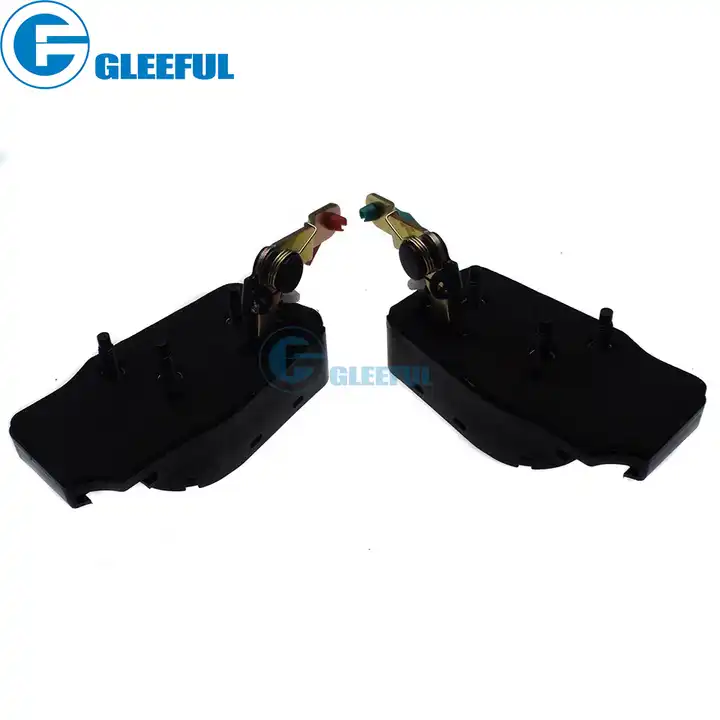Ensuring that your car door locks function smoothly is essential for both security and convenience. A critical component in this system is the door lock actuator, an electromechanical device that locks and unlocks your car doors in response to signals from your key fob or manual controls. This article will provide comprehensive tips on maintaining your car door locks and ensuring that the door lock actuator remains in optimal condition.
Before diving into maintenance tips, it’s essential to understand the door lock actuator's role. The door lock actuator is responsible for moving the lock mechanism when you activate the locking system. It consists of an electric motor, gears, and linkages that work together to lock or unlock the door.
Lubricate the Locks
Regular lubrication is vital to prevent the mechanical parts of your door locks from sticking. Use a silicone-based spray lubricant to avoid attracting dirt and grime. Apply the lubricant to the keyhole and the latch mechanism. Ensure you also lubricate the door lock actuator's moving parts to keep them functioning smoothly.
Clean the Keyholes
Over time, dirt and debris can accumulate in the keyholes, causing the locks to become stiff. Use a can of compressed air to blow out any dust and debris. For a more thorough cleaning, you can use a cotton swab dipped in rubbing alcohol. Keeping the keyholes clean helps the door lock actuator work efficiently.
Check the Battery
The door lock actuator relies on your car’s electrical system to function. If the battery is weak or failing, the actuator may not receive enough power to operate correctly. Regularly check your car battery's condition and replace it as necessary to ensure that your door lock actuator performs optimally.
Inspect the Wiring
Faulty wiring can disrupt the signals sent to the door lock actuator, causing it to malfunction. Inspect the wiring for any signs of wear, corrosion, or damage. If you notice any issues, have them repaired or replaced by a professional to maintain the smooth operation of your door locks.
Test the Door Lock Actuator
Periodically test the door lock actuator to ensure it is working correctly. Listen for unusual sounds when you lock or unlock the doors, and check if the locks respond promptly to the key fob or manual controls. If you notice any delays or strange noises, it may be time to replace the actuator.
Protect Against Rust
Rust can cause severe damage to the mechanical parts of your door locks, including the door lock actuator. Apply a rust-preventive spray to the lock mechanisms and the actuator to protect them from corrosion, especially if you live in a humid or coastal area.
Address Issues Promptly
If you notice any problems with your door locks or the door lock actuator, address them immediately. Delaying repairs can lead to more significant issues and potentially leave your car vulnerable to theft. Regular maintenance checks can help identify and resolve problems early.
Understanding common problems with door lock actuators can help you diagnose issues quickly:

Despite regular maintenance, door lock actuators can wear out over time. Signs that it’s time to replace your door lock actuator include:
Consult your vehicle’s manual or a professional mechanic for guidance on replacing the door lock actuator.
Maintaining your car door locks and ensuring the door lock actuator functions smoothly is crucial for vehicle security and convenience. Regular lubrication, cleaning, battery checks, and inspections can prevent many common problems. By addressing issues promptly and understanding when to replace your door lock actuator, you can keep your car door locks in excellent working condition. Remember, a well-maintained door lock actuator ensures the reliability and security of your car’s locking system.
GET A QUOTE